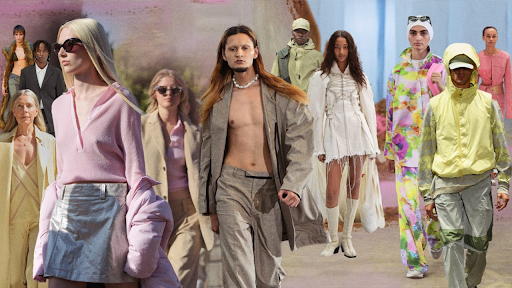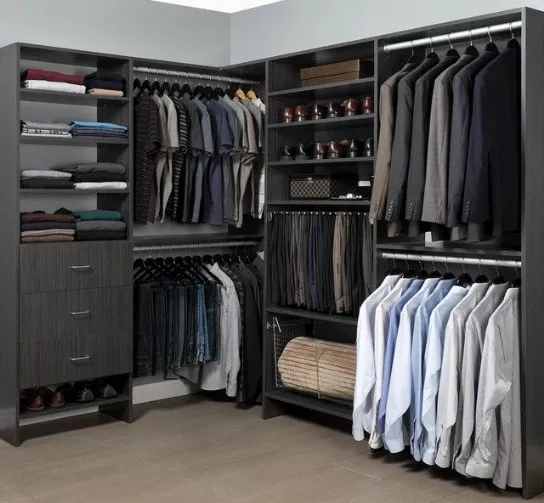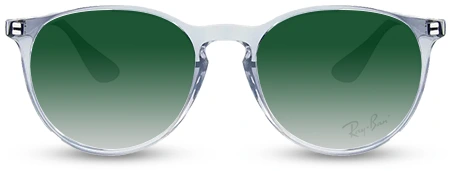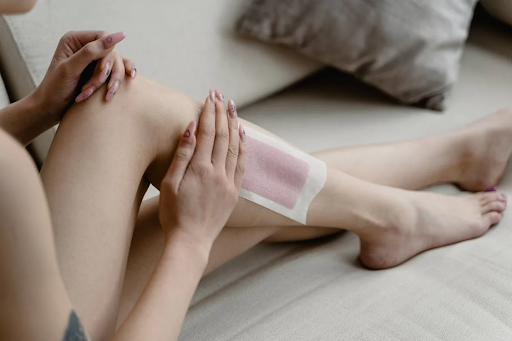
nordic fashion industry
In an era dominated by fast fashion and fleeting trends, minimalism offers a refreshing perspective. It embraces simplicity, functionality, and a timeless aesthetic that defies the ever-changing fashion landscape. At the heart of this movement lies the Nordic fashion industry—a global powerhouse redefining what it means to dress with intention.
Scandinavian fashion is more than just clothing; it represents a philosophy centered around sustainability, craftsmanship, and effortless elegance. But what is it about this minimalist approach that has captivated fashion enthusiasts worldwide? Is it the serene Nordic landscapes, the deep cultural appreciation for simplicity, or the unwavering commitment to ethical production? Let’s explore how the Nordic fashion industry has grown into an influential force, inspiring a shift towards mindful and sustainable dressing.
The Nordic Influence on Global Fashion Trends
Nordic countries—Sweden, Denmark, Norway, Finland, and Iceland—have long been pioneers of minimalist design, influencing global fashion with their signature aesthetic. Their fashion philosophy is deeply rooted in a culture that values practicality, quality, and understated beauty.
The inspiration behind this aesthetic comes from nature itself. The tranquil landscapes of Scandinavia, from its fjords to its vast forests, are mirrored in the region’s fashion choices. Soft, neutral hues, structured yet comfortable silhouettes, and a focus on functionality define Nordic style. Unlike fleeting fashion trends, Nordic fashion champions longevity, making every piece an investment rather than a short-lived purchase.
Cultural elements like Denmark’s “hygge,” which encapsulates warmth and coziness, further reinforce the appeal of minimalist fashion. Meanwhile, Sweden’s “lagom” philosophy—meaning “just the right amount”—emphasizes balance and sustainability. These values are seamlessly woven into the fabric of the Nordic fashion industry, making it not just about clothing but about a way of life.
Core Elements That Define Nordic Fashion
Minimalist fashion doesn’t mean boring or plain—it’s about intentionality and refined aesthetics. The Nordic fashion industry embodies this principle through key design elements that set it apart:
- Clean Lines & Functionality: Every piece is designed with purpose. Uncomplicated silhouettes ensure timeless appeal and versatility in everyday wear.
- Sustainable Materials: Nordic designers prioritize high-quality fabrics like organic cotton, wool, and linen, ensuring durability and environmental responsibility.
- Muted Color Palette: Earthy tones, neutral shades, and monochrome outfits create a calm, sophisticated look that remains stylish year after year.
- Layering for Versatility: Given the region’s unpredictable climate, layering is a fundamental part of Nordic dressing, offering both practicality and effortless style.
- Attention to Detail: Every stitch and seam reflects a commitment to craftsmanship, ensuring garments are made to last rather than fall apart after a few wears.
Sustainability: The Backbone of the Nordic Fashion Industry
Unlike many other fashion hubs, sustainability is not just a trend in the Nordic fashion industry—it’s a way of life. Scandinavian brands have taken the lead in eco-conscious practices, setting new standards for ethical fashion worldwide.
- Eco-Friendly Materials – Many Nordic brands prioritize organic textiles, recycled fabrics, and biodegradable dyes to minimize environmental impact.
- Transparency in Production – Scandinavian companies are known for their ethical supply chains. Consumers are often provided with detailed insights into where and how their clothes are made.
- Circular Fashion Initiatives – Concepts like clothing rental, resale platforms, and upcycling programs have gained momentum in Nordic countries, promoting a sustainable fashion cycle.
- Slow Fashion Movement – Instead of churning out mass-produced garments, Nordic designers focus on quality craftsmanship, ensuring their pieces stand the test of time.
This commitment to sustainability has not only attracted conscious consumers but has also influenced brands outside Scandinavia to rethink their approach to fashion production.
How Social Media Propelled the Nordic Fashion Industry
The rise of social media has played a pivotal role in elevating Nordic fashion to global prominence. Platforms like Instagram and TikTok have amplified the minimalist aesthetic, drawing in audiences who appreciate the effortless sophistication of Scandinavian style.
Influencers and designers use digital platforms to showcase their designs, often featuring serene backdrops, monochrome outfits, and perfectly curated wardrobes. The clean and polished visuals of Nordic fashion make it inherently Instagram-worthy, further fueling its widespread appeal.
Moreover, hashtags related to Scandinavian fashion, such as #NordicStyle and #ScandiFashion, allow consumers to engage with and emulate this minimalist trend. The interactive nature of social media also creates direct communication between brands and their audience, reinforcing the sense of authenticity and trust that Nordic designers prioritize.
How to Incorporate Nordic Minimalism into Your Wardrobe
Adopting a Nordic-inspired wardrobe isn’t about throwing out your entire closet—it’s about making thoughtful, intentional choices. Here’s how you can embrace this minimalist movement in your personal style:
- Declutter Your Wardrobe: Start by keeping only pieces that you truly love and wear often.
- Invest in Versatile Staples: High-quality basics like a well-fitted coat, a cozy knit sweater, and tailored trousers form the foundation of a minimalist wardrobe.
- Stick to Neutral Colors: Opt for shades like beige, white, gray, and black to create an effortlessly stylish palette.
- Prioritize Quality Over Quantity: Instead of chasing trends, focus on timeless pieces that will last for years.
- Layer with Purpose: Play with textures and silhouettes while maintaining a clean and structured look.
Challenges Facing the Nordic Fashion Industry
Despite its growing influence, the Nordic fashion industry faces a few notable challenges:
- High Price Points: Ethical production and premium materials often result in higher costs, making minimalist fashion less accessible to some consumers.
- Greenwashing Concerns: Not all brands that claim to be sustainable follow through on their promises, making transparency more important than ever.
- Limited Diversity: While Nordic fashion celebrates minimalism, critics argue that it sometimes lacks inclusivity in terms of cultural representation and body diversity.
Conclusion
The Nordic fashion industry is more than just a fleeting trend—it’s a movement that champions quality, sustainability, and mindful consumption. As more people seek to simplify their wardrobes and embrace ethical fashion, the influence of Scandinavian style continues to grow.
By integrating Nordic principles into your personal style, you’re not only elevating your fashion choices but also supporting a movement that values craftsmanship and sustainability. In a world overwhelmed by excess, minimalism provides a sense of clarity—both in how we dress and how we live.
FAQs
1. What makes Nordic fashion unique?
Nordic fashion is defined by its minimalist aesthetic, sustainable practices, and high-quality craftsmanship. It prioritizes simplicity, functionality, and timeless design over fast-changing trends.
2. Which Nordic fashion brands are popular globally?
Brands like Acne Studios, Ganni, Filippa K, & Other Stories, and COS have gained international recognition for their modern yet minimalist designs.
3. How can I adopt a Nordic fashion style on a budget?
Start by choosing neutral, versatile pieces that can be mixed and matched. Thrift stores and second-hand platforms often carry quality minimalist fashion at affordable prices.
4. Is Nordic fashion sustainable?
Yes, many Nordic brands prioritize sustainability through ethical production, eco-friendly materials, and circular fashion initiatives.
5. What colors are common in Nordic fashion?
Neutral tones such as white, black, beige, gray, and earthy hues dominate Nordic fashion, creating a clean and cohesive look.
Get the latest alerts and updates directly: Buzz Feed!





